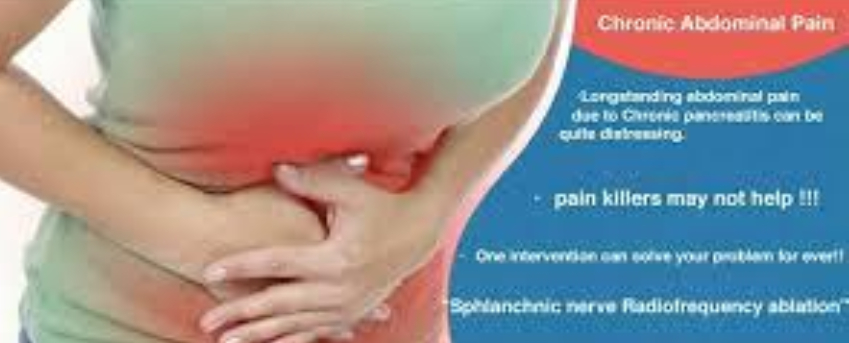Radiofrequency ablation (RFA) is an endoscopic therapy used primarily to treat Barrett’s esophagus. RFA uses an array of parallel alternating electrodes to deliver radiofrequency energy that heats the lining of the gastrointestinal tract, destroying the tissue.
How is RFA Performed?
RFA is performed during an outpatient upper endoscopy. The treatment is delivered using one of two types of devices: a balloon or a rectangular pad attached to the tip of the endoscope. The dead tissue will slough off, and if the patient is taking a sufficient dose of acid-blocking medicine, the lining of the esophagus usually heals, with no evidence of Barrett’s esophagus.
Who Needs RFA?
RFA is used primarily to treat Barrett’s esophagus with dysplasia. It is also used to treat a condition of abnormal blood vessels in the stomach called gastric antral vascular ectasia (GAVE), which causes anemia.
What Are The Potential Complications of RFA?
RFA is generally a safe procedure. Rare complications include bleeding and a puncture (or perforation) in the lining of the gastrointestinal tract. If used in the esophagus, there can also be scarring, which may cause difficulty swallowing. If you notice blood in your stool, black stool, fever, chills, vomiting, severe chest pain, stomach pain, or shortness of breath, contact your doctor as instructed on your discharge papers.
What do I Need To Do Before RFA?
You will have fasting instructions for the day of the procedure and your doctor may alter certain medicines. You must have a licensed driver who is 18 years or older accompany you to your appointment and drive you home, as the sedatives or anesthesia will make you drowsy.
What Happens After RFA?
After the RFA procedure, you will be taken to a recovery room where your driver can join you. You will receive detailed recommendations for diet, medicines, and follow-up. The results of the procedure will be communicated to your referring physician(s). Patients who have RFA in the esophagus often experience chest discomfort for a few days after the procedure.
Your doctor will ask you to consume a liquid diet for 2 days, then soft or pureed food for 2 days, and to continue taking your proton pump inhibitor acid-reducing medicine twice a day. You may be given a prescription for medicine to coat the lining of the esophagus to ease discomfort and help healing. Complete eradication of Barrett’s esophagus or GAVE may require several radiofrequency ablations.



